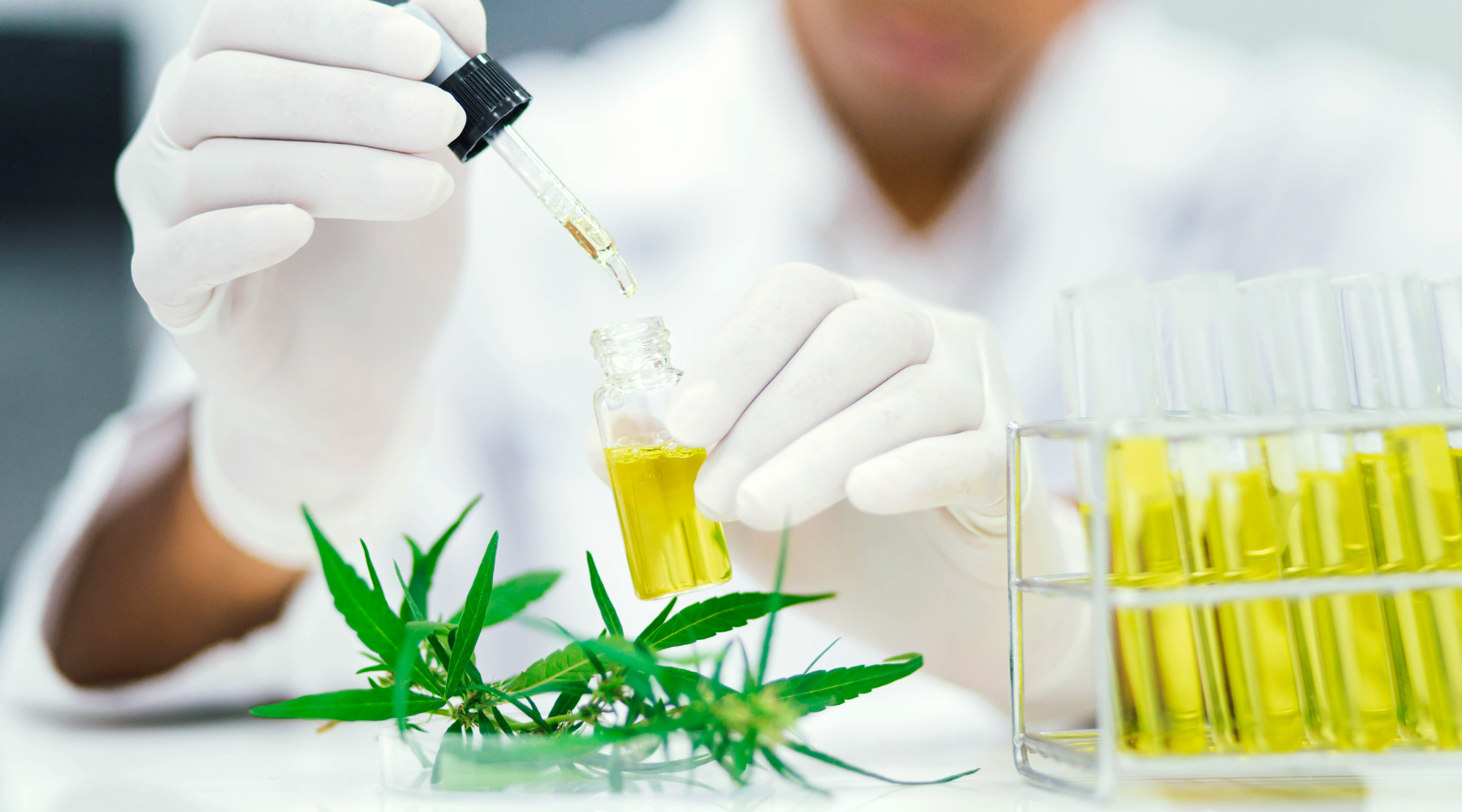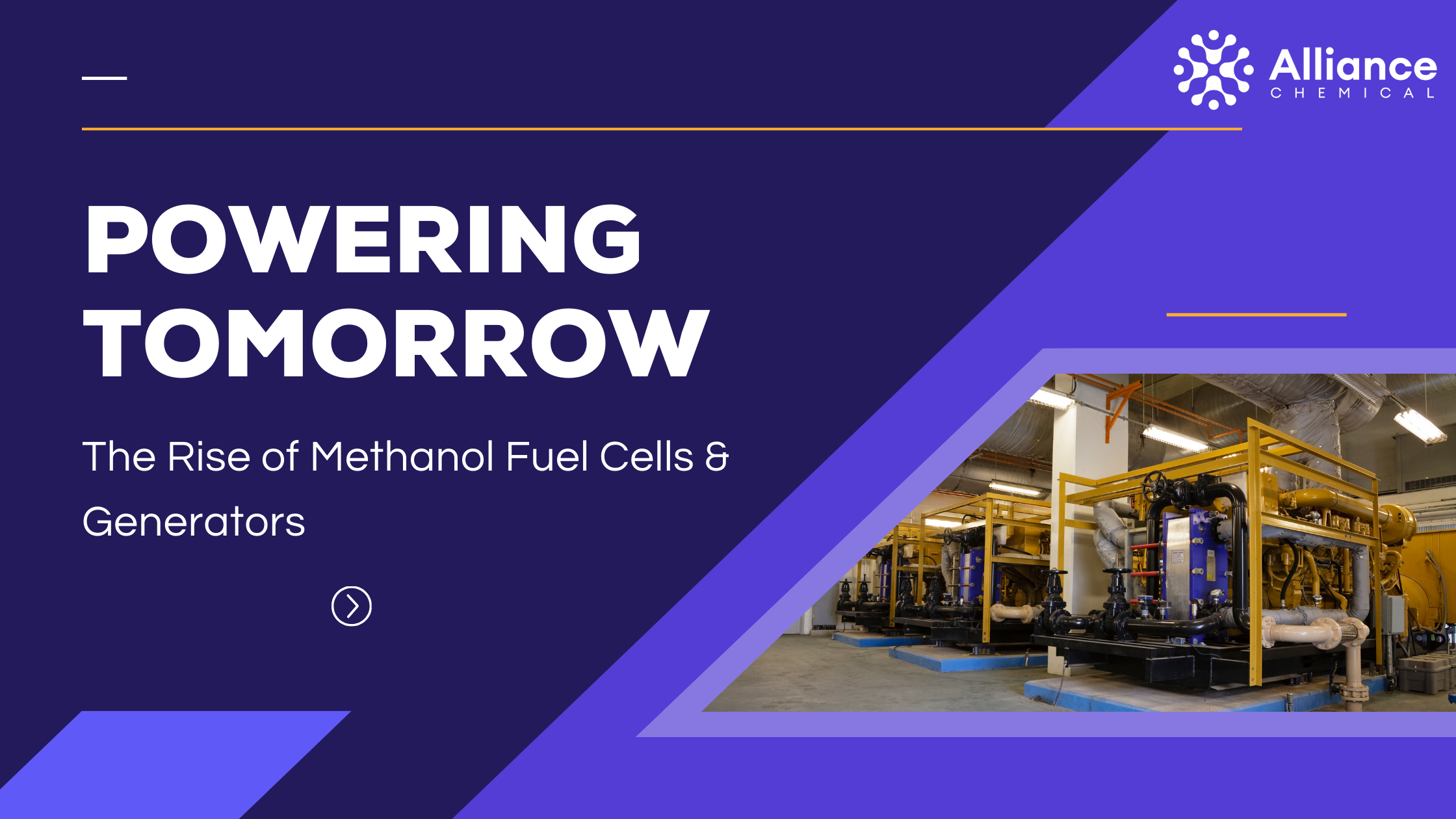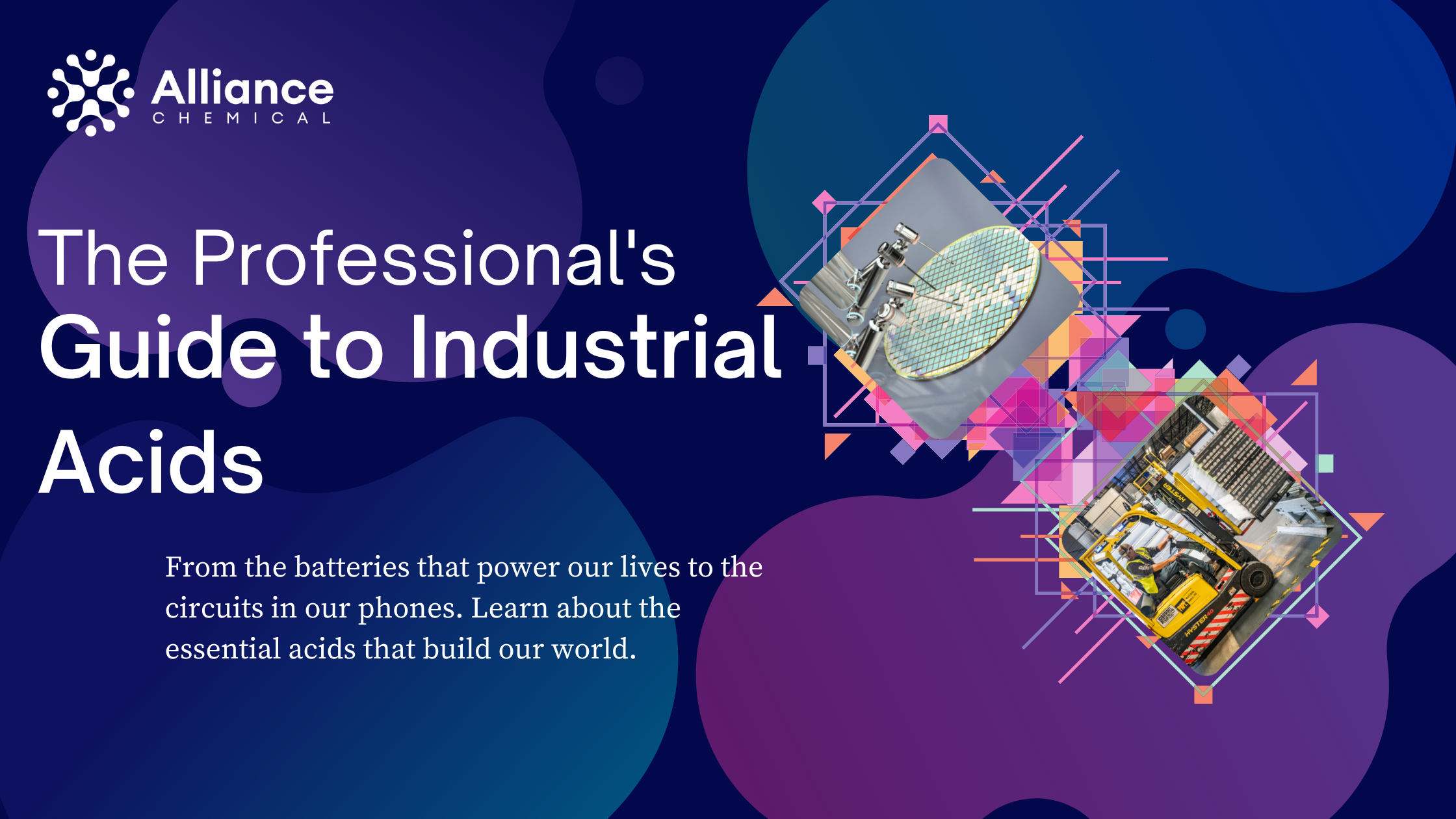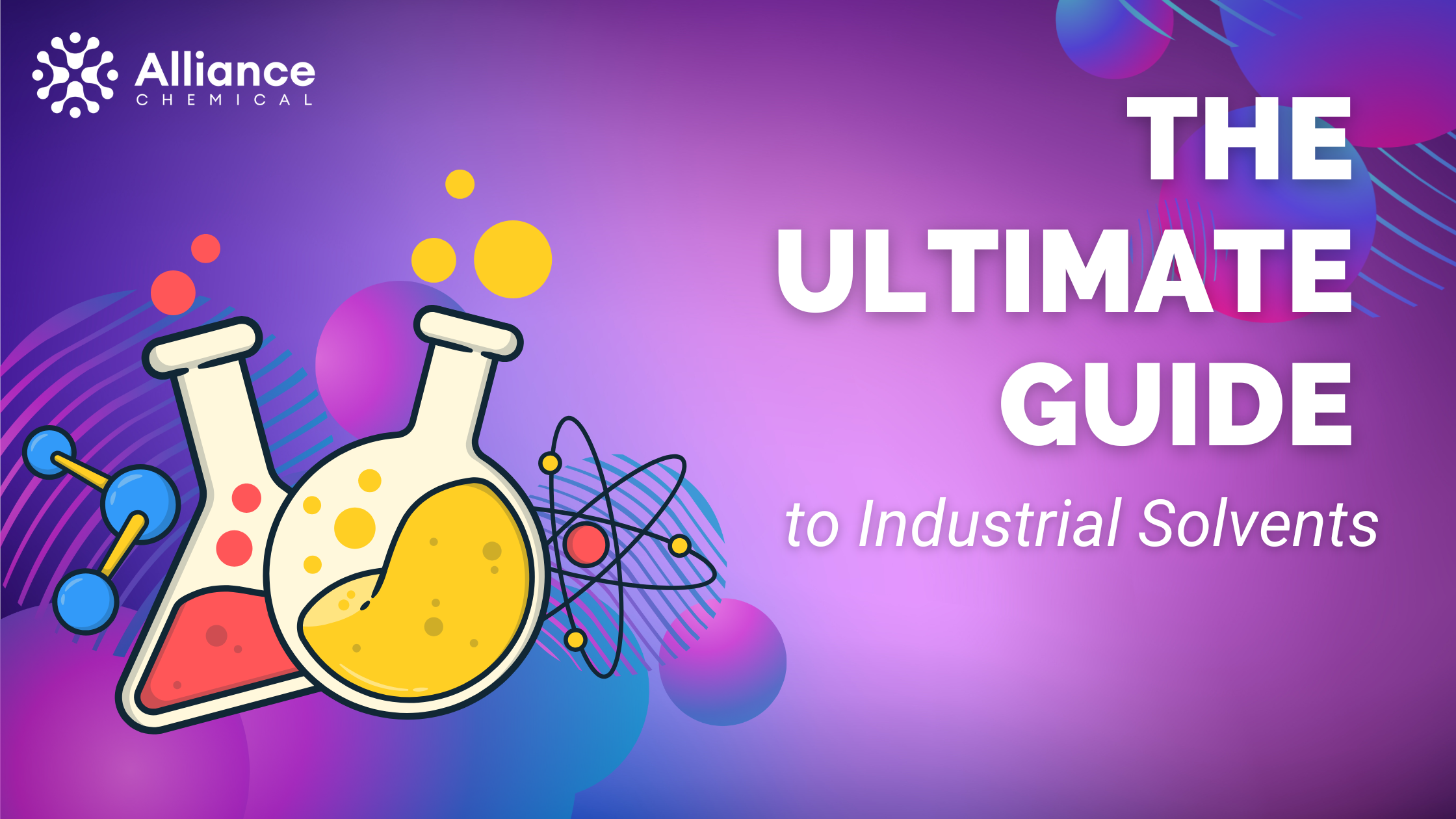
How to Use Hydrogen Peroxide: A Comprehensive Guide for Industries and Consumers
Table of Contents
Summary
Hydrogen Peroxide is a remarkable and powerful chemical, unique for its potent oxidizing capabilities and its environmentally benign decomposition into just water and oxygen. This dual nature makes it an indispensable tool across a vast spectrum of applications, from high-tech semiconductor manufacturing and wastewater treatment to sterile healthcare environments and household cleaning. This definitive guide provides a deep, technical dive into the science, applications, and critical safety considerations of H₂O₂, empowering professionals to harness its full potential.
The Science of a Powerful Oxidizer
Hydrogen Peroxide (H₂O₂) is the simplest peroxide, a compound with an oxygen-oxygen single bond. This O-O bond is relatively weak and unstable, which is the source of H₂O₂'s power. It readily decomposes, especially in the presence of catalysts like light, heat, or certain metals, in a highly exothermic reaction:
2 H₂O₂ → 2 H₂O + O₂ + Energy
This decomposition releases oxygen and generates powerful, highly reactive hydroxyl free radicals (•OH). These free radicals are potent oxidizing agents, meaning they aggressively strip electrons from other molecules. This process of oxidation is what allows H₂O₂ to destroy pigments (bleaching), disrupt the cellular structures of microorganisms (disinfection), and break down organic pollutants.
Industrial Applications: The Unseen Workhorse
While many know the 3% solution from the pharmacy, the vast majority of hydrogen peroxide is produced in high concentrations (30-70%) for major industrial processes.
Pulp and Paper Bleaching
H₂O₂ is a cornerstone of modern "Totally Chlorine-Free" (TCF) and "Elemental Chlorine-Free" (ECF) bleaching processes. It is used to brighten wood pulp by oxidizing residual lignin and other color-causing compounds without producing the harmful chlorinated byproducts associated with older bleaching methods. This makes it an environmentally preferred choice for producing high-quality paper products.
Chemical Synthesis (HPPO Process)
A growing and significant use of H₂O₂ is as a "green" oxidant in chemical synthesis. In the Hydrogen Peroxide to Propylene Oxide (HPPO) process, H₂O₂ is used to epoxidize propylene, creating propylene oxide—a key building block for polyurethane plastics—with water as the only byproduct. This is a much cleaner and more sustainable method than older chlorohydrin processes.
Environmental Applications: Advanced Oxidation Processes (AOPs)
In wastewater treatment, H₂O₂ is used in Advanced Oxidation Processes. When combined with UV light or an iron catalyst (Fenton's reagent), it generates an abundance of hydroxyl radicals that can destroy a wide range of recalcitrant organic pollutants, such as pesticides, solvents, and phenols, breaking them down into harmless substances.
Electronics and Semiconductor Manufacturing
In the high-tech electronics industry, ultra-high purity H₂O₂, often mixed with Sulfuric Acid (a "piranha solution"), is used as a powerful cleaning and etching agent for silicon wafers, ensuring the atomically clean surfaces required for semiconductor fabrication.
Disinfection & Healthcare Applications
Sterilization of Medical Devices and Aseptic Packaging
High-concentration, vaporized hydrogen peroxide (VHP) is a primary method for sterilizing heat-sensitive medical devices, cleanrooms, and isolators. The vapor permeates the space, killing a broad spectrum of microorganisms, before breaking down into harmless water and oxygen, leaving no toxic residue. This same technology is used to sterilize food packaging like juice boxes.
Wound Care and Disinfection
The familiar 3% USP Grade Hydrogen Peroxide is a mild antiseptic. When applied to a wound, the enzyme catalase in blood and tissue causes it to rapidly fizz and release oxygen. While its antimicrobial effect is mild, this effervescent action is excellent for mechanically cleaning and debriding wounds, lifting away dirt and dead tissue.
Buyer's Guide: Selecting the Right H₂O₂ Concentration & Grade
Choosing the correct concentration and grade is absolutely critical for both efficacy and safety. Using the wrong product can be ineffective at best and extremely dangerous at worst.
| Concentration | Grade | Key Characteristics & Applications | User Profile |
|---|---|---|---|
| 3% | USP Grade | Meets U.S. Pharmacopeia standards. Stabilized for long shelf life. For first aid, household cleaning, personal care. | Households, Clinics, Schools. |
| 10-15% | Technical | Stronger oxidizer for horticultural use (oxygenating roots, disease control), taxidermy, and wood bleaching. | Greenhouses, Horticulturists, Woodworkers. |
| 30-35% | ACS Grade | High purity, certified for lab use. For analytical testing, reagent preparation, and electronics cleaning. | Research Labs, QA/QC Depts. |
| 30-35% | Technical | Standard industrial concentration. For pulp bleaching, chemical synthesis, and large-scale water treatment. | Industrial Facilities, Manufacturers. |
Understanding Stability and Decomposition
Pure hydrogen peroxide is inherently unstable. Commercial solutions are manufactured with a proprietary package of stabilizers (typically tin salts and phosphates) that inhibit its natural decomposition. However, several factors can accelerate this breakdown:
- Contamination: Contact with metals (iron, copper, manganese), dust, and organic matter will rapidly catalyze decomposition.
- Light: UV light provides the energy to break the O-O bond. This is why H₂O₂ is always packaged in opaque containers.
- Heat: Higher temperatures increase the rate of decomposition.
- High pH (Alkalinity): H₂O₂ is most stable in an acidic environment and decomposes more rapidly under alkaline conditions.
MANDATORY Safety Protocols for Concentrated Hydrogen Peroxide
Hydrogen Peroxide at concentrations above 8% is a powerful oxidizer and is corrosive. It is NOT the same as the 3% solution and can cause severe skin burns, permanent eye damage, and is a serious fire hazard.
- Personal Protective Equipment (PPE): Always wear chemical-resistant gloves (neoprene or vinyl), splash-proof safety goggles, and a full-face shield when handling concentrations >8%. An apron is essential.
- Fire & Explosion Hazard: H₂O₂ is not flammable itself, but its decomposition releases oxygen, which can cause combustible materials (wood, paper, oil, solvents) to ignite spontaneously and burn violently. Keep it strictly isolated from all organic materials.
- Vented Caps are Crucial: Concentrated H₂O₂ is stored in containers with special vented caps that allow oxygen to escape safely as it slowly decomposes. NEVER seal a container of concentrated H₂O₂ tightly. The pressure buildup can cause the container to rupture violently.
- Material Compatibility: Use only compatible materials like HDPE plastic, stainless steel, or glass. Never use with reactive metals like iron, copper, or brass.









